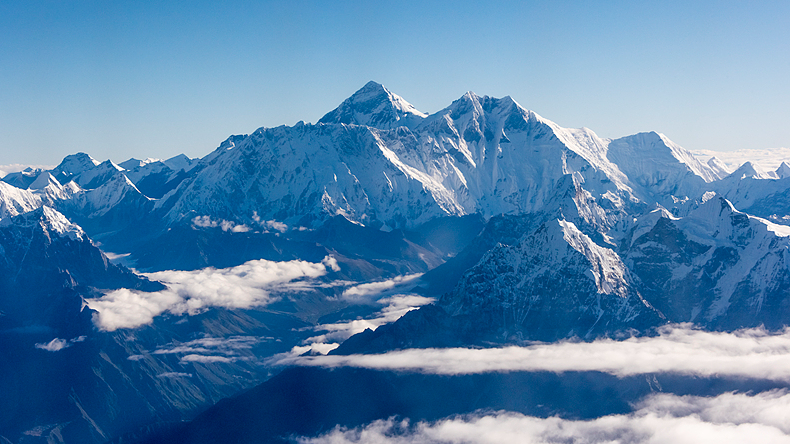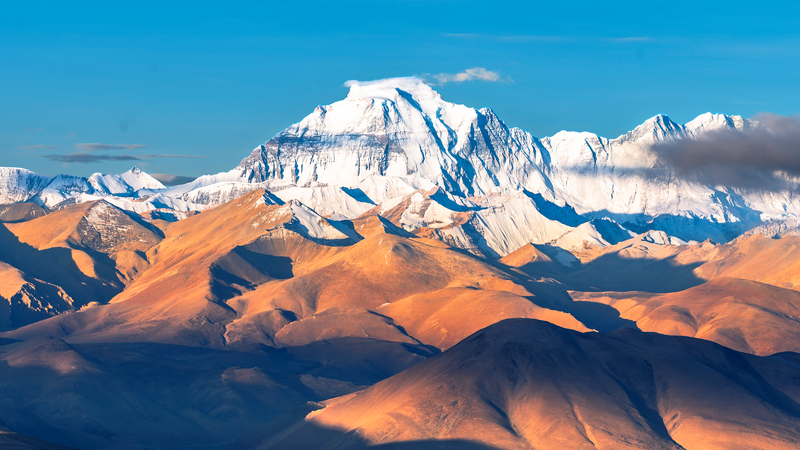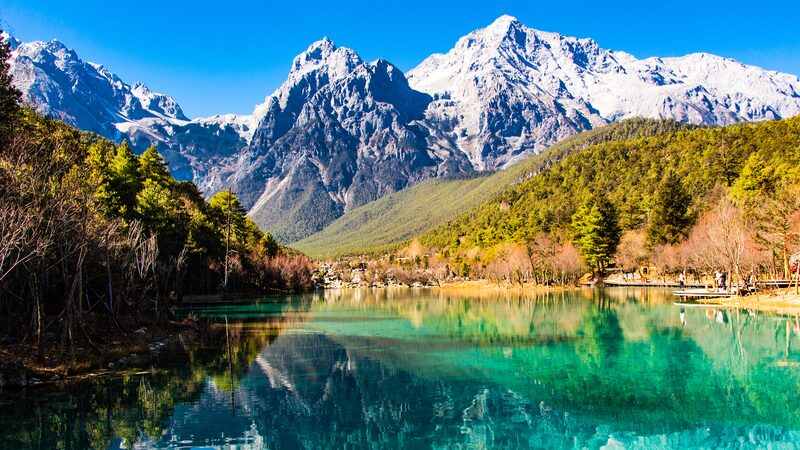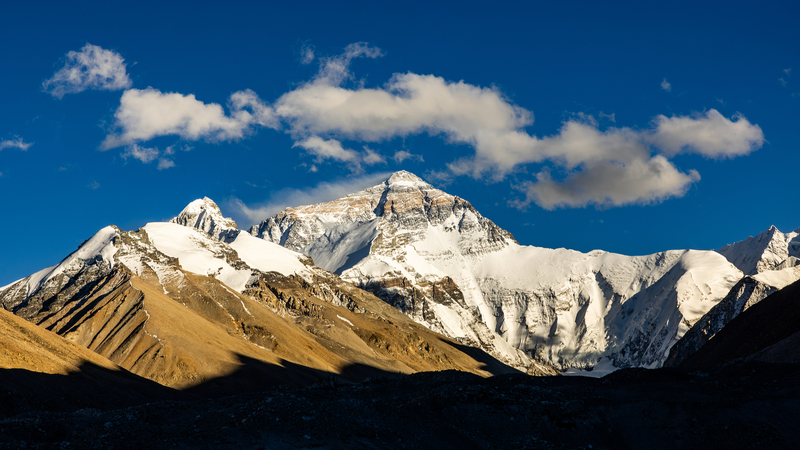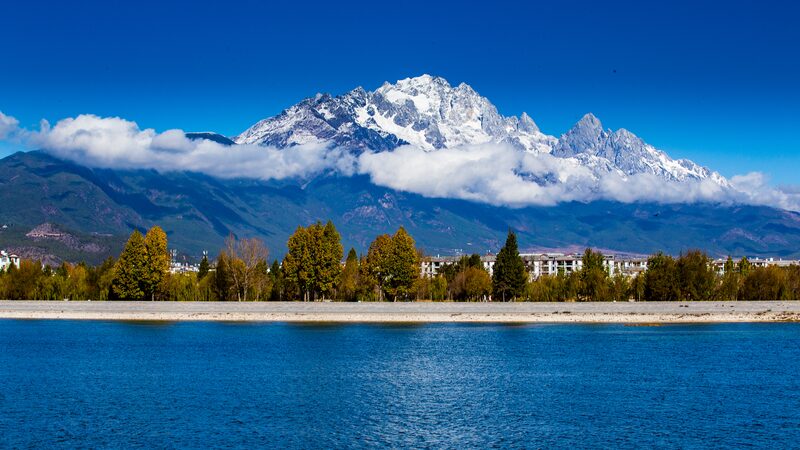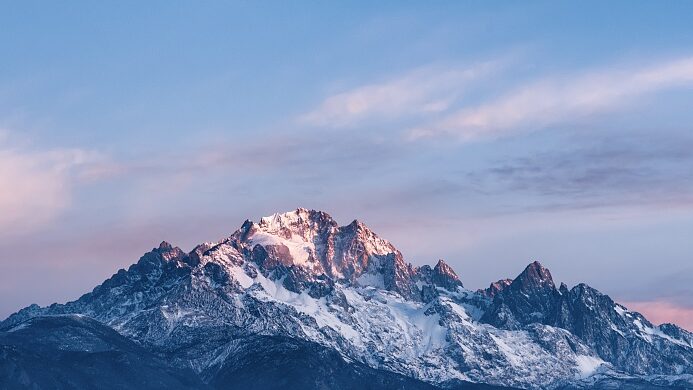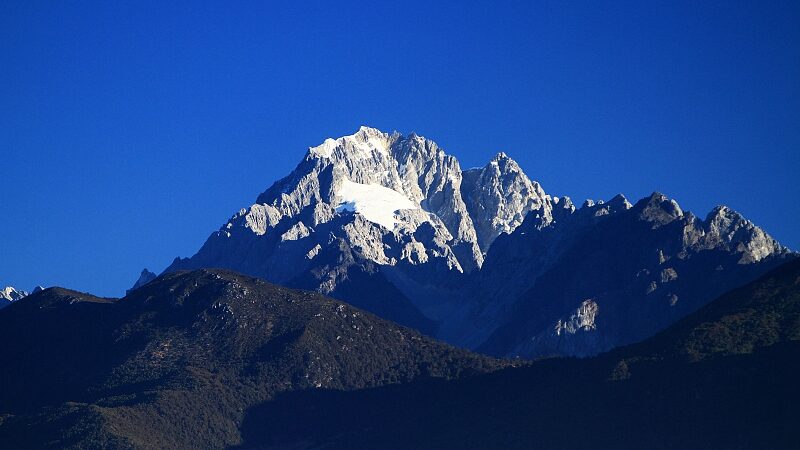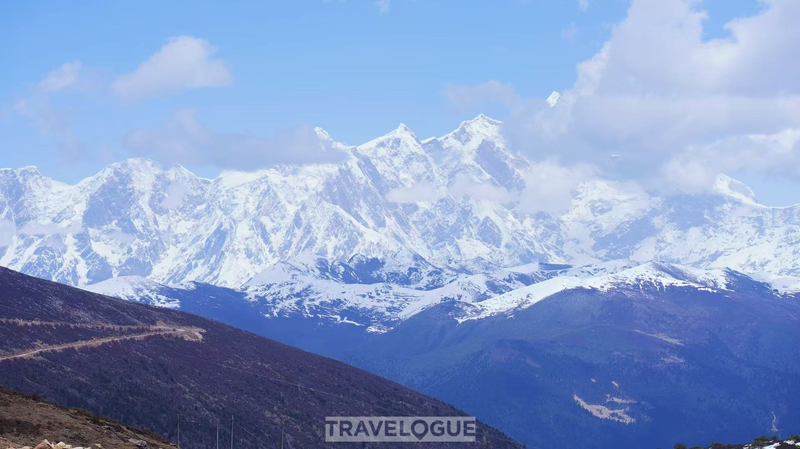Standing at 8,848.86 meters, Mount Qomolangma – Earth's highest peak – continues to awe humanity with its snow-crowned grandeur. Nestled in the Himalayas, this natural titan serves as both a geological wonder and a cultural touchstone, drawing explorers, scientists, and dreamers alike.
Glaciers cascade through its valleys like frozen rivers of time, while rare species including snow leopards and Himalayan tahrs navigate its rugged slopes. 'Qomolangma is more than a mountain – it's a living laboratory for climate science and biodiversity,' notes Dr. Lhamo Yangchen, a Tibetan geologist studying glacial changes.
Recent expeditions highlight growing interest in sustainable exploration, with Nepal and the Chinese mainland collaborating on waste management initiatives. For business analysts, the peak's tourism economy reveals opportunities in eco-friendly infrastructure, while researchers track its critical role in Asia's water systems through downstream rivers.
As dawn breaks over the Death Zone's thin air, the mountain whispers timeless truths about humanity's relationship with nature – a story written in ice and perseverance that continues unfolding across its majestic ridges.
Reference(s):
Live: Mount Qomolangma – an eternal symbol of nature's might (Ep. 3)
cgtn.com
